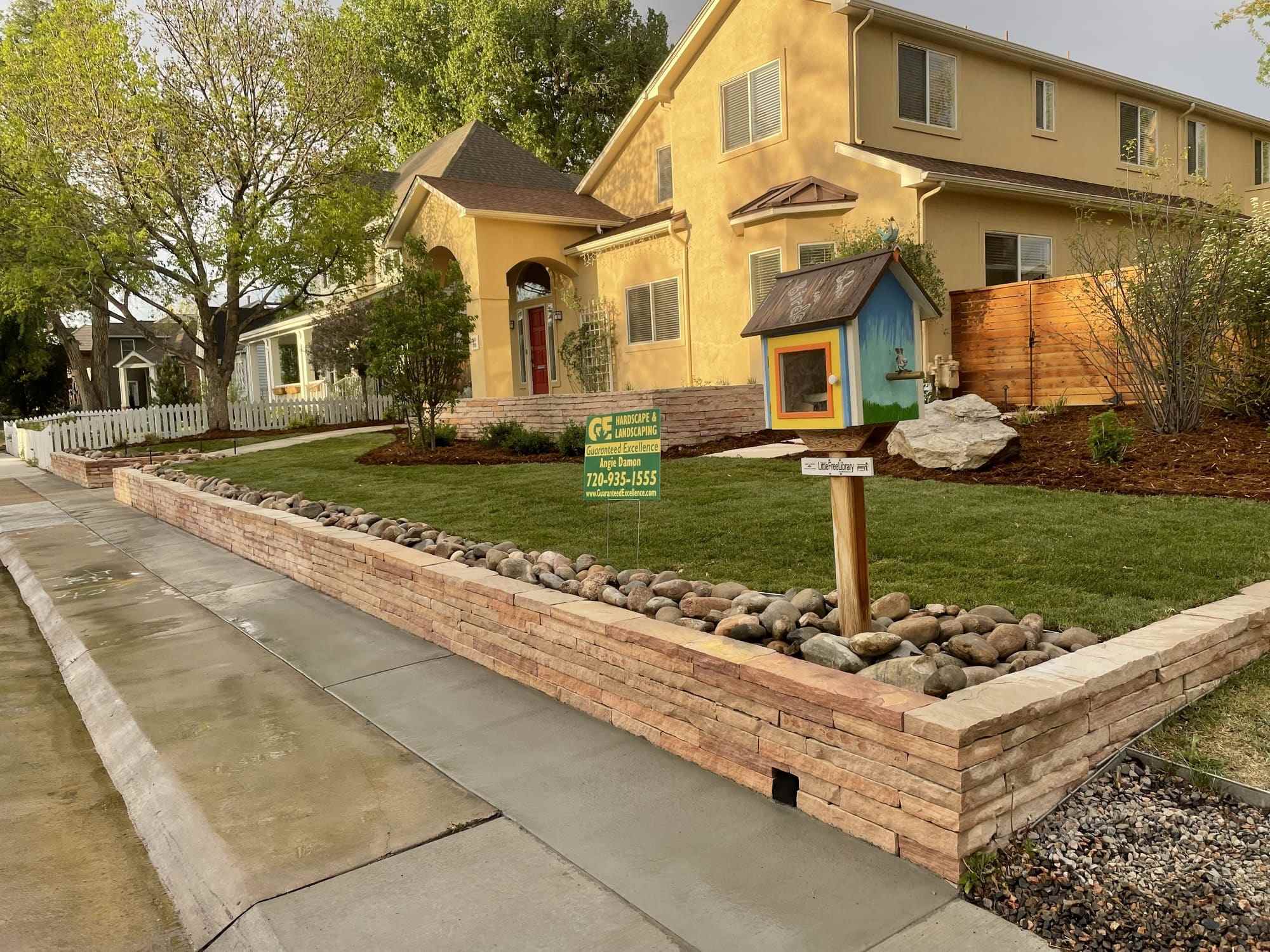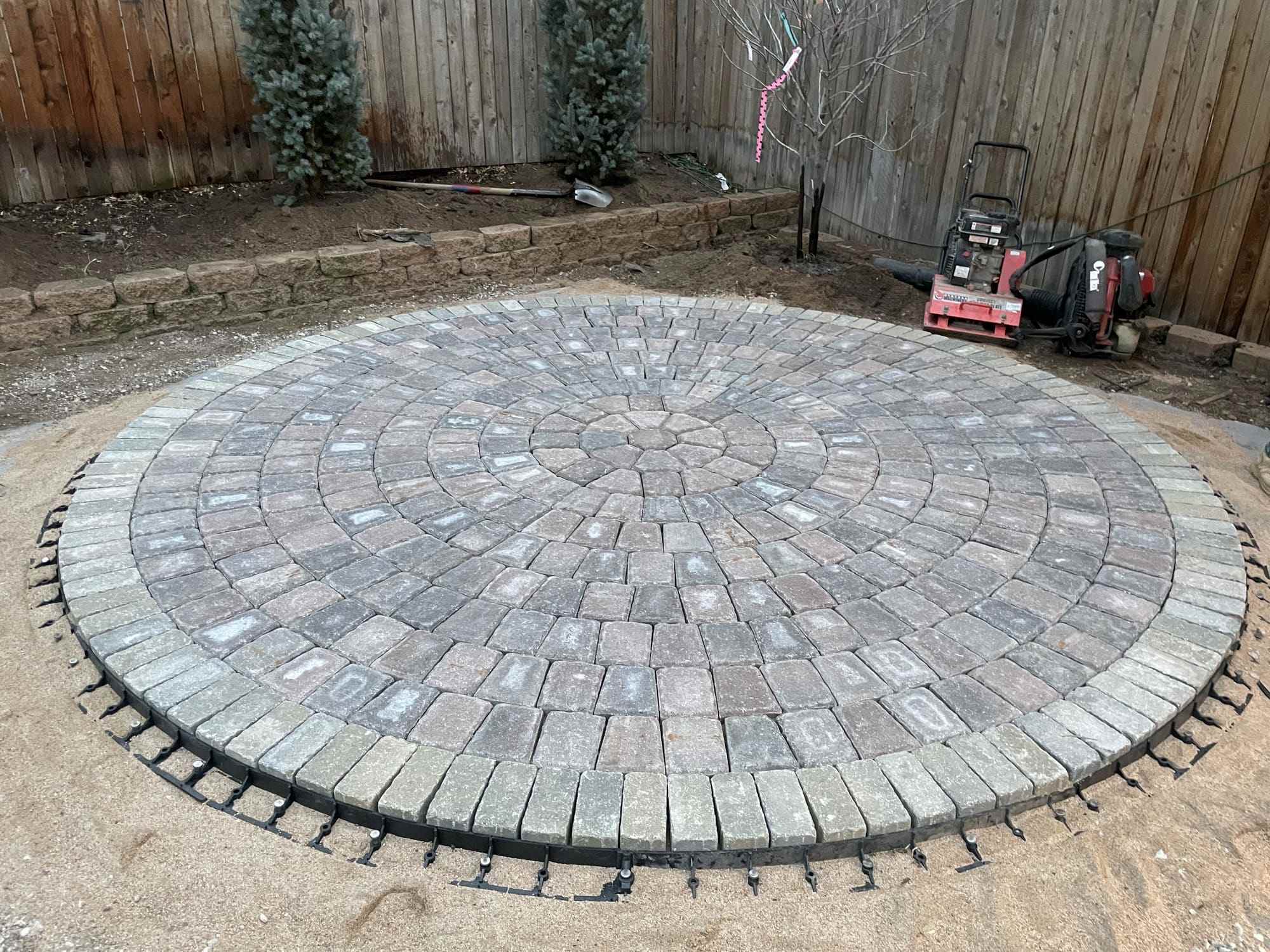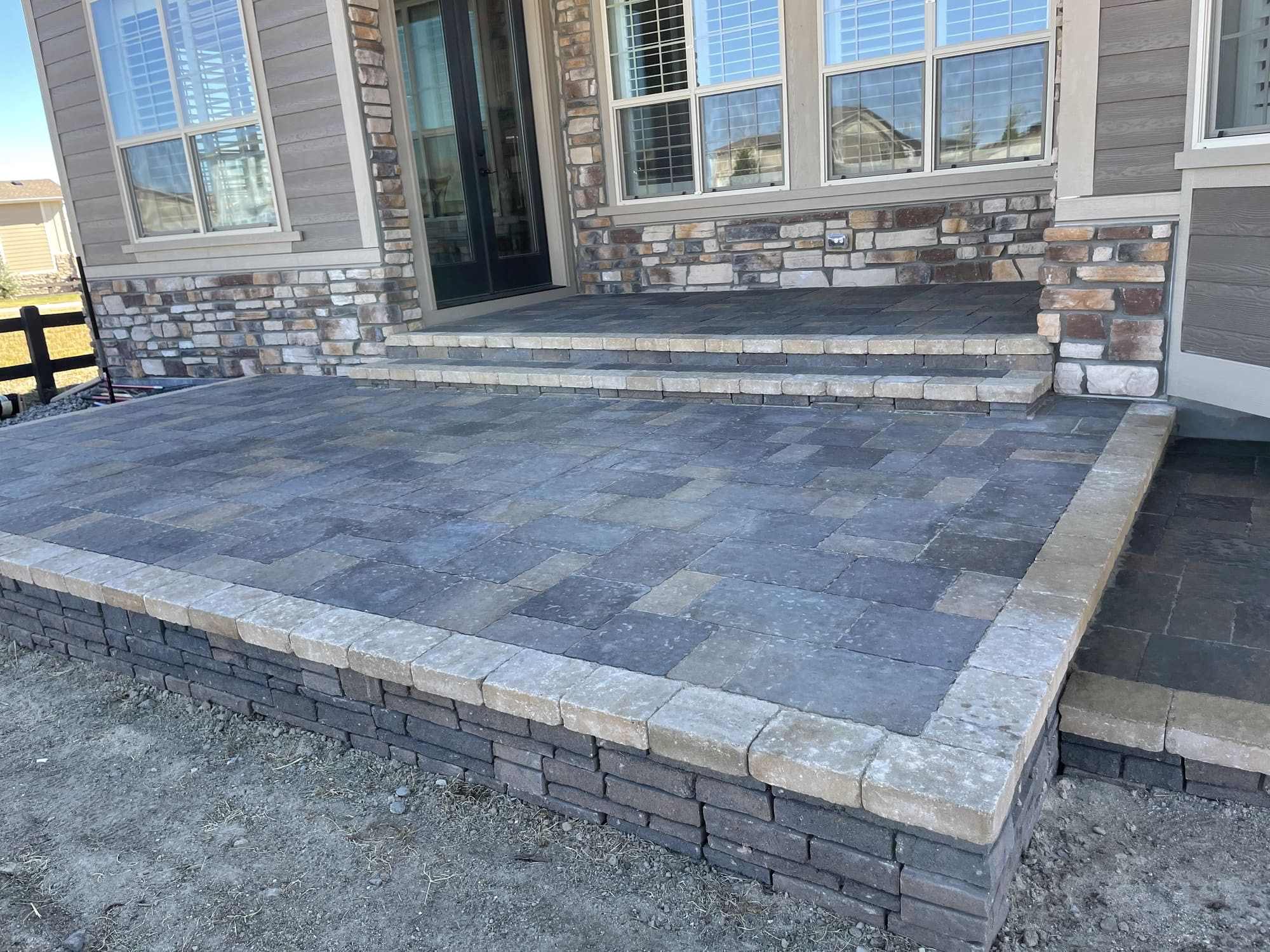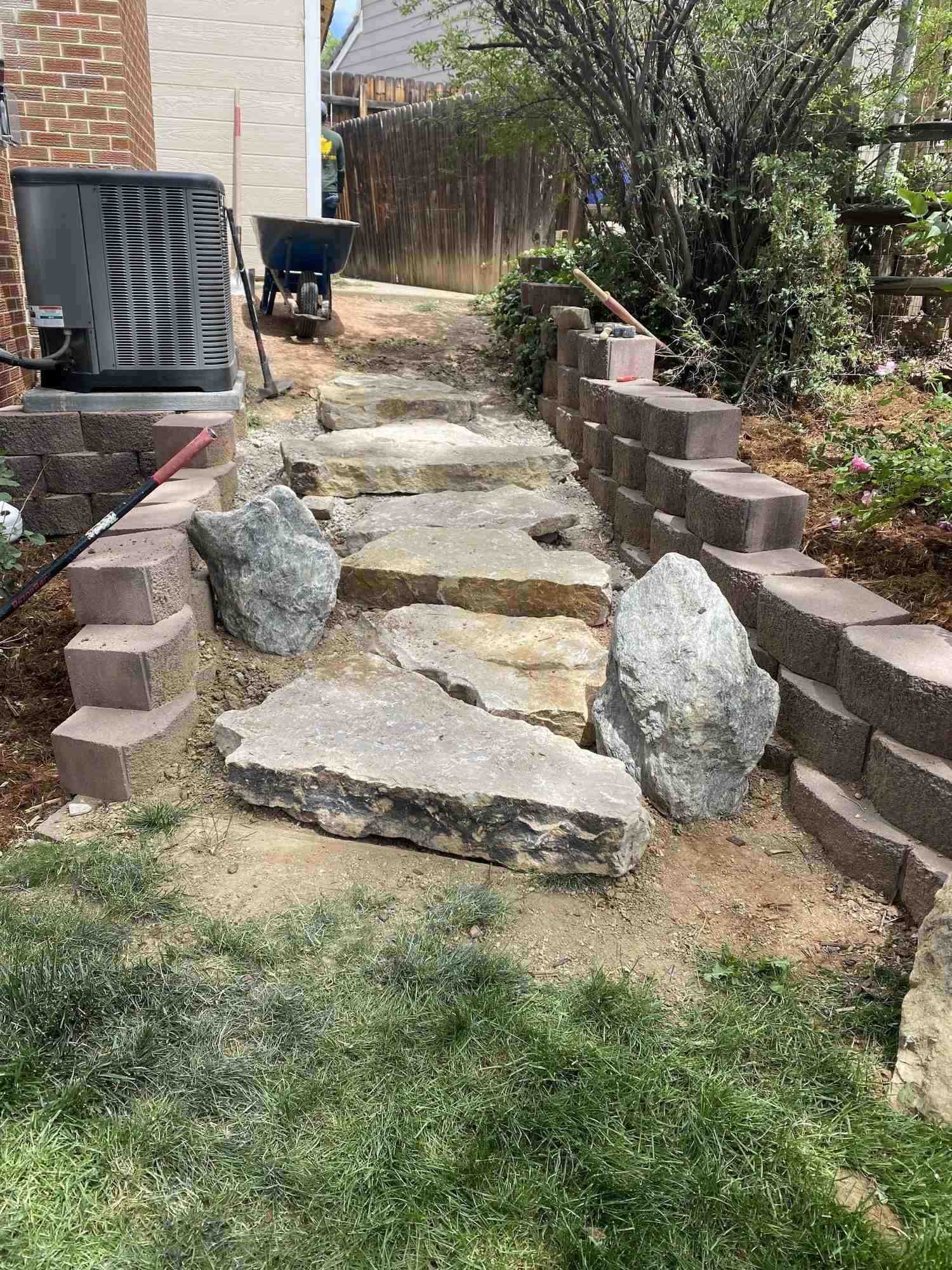Denver Irrigation
Xeriscaping For Colorado Apartments And Condos
Many offer free estimates so homeowners can receive multiple bids before choosing one. Having discussed the numerous benefits of xeriscaping, it is now time to examine some of the top-rated companies in Colorado that offer these services. Plants are selected based on their drought tolerance and low-water needs. To begin, proper irrigation should be established.

Xeriscaping For Colorado Apartments And Condos
Xeriscaped landscapes require much less water than traditional ones, so there is an environmental benefit from reduced runoff and pollutants entering waterways. This reduces both water consumption and labor intensive maintenance tasks such as mowing or weeding. The site contains detailed descriptions of drought-tolerant plants appropriate for use in Colorado gardens and provides design ideas tailored specifically to Denver semiarid climate. It involves planning the layout and selecting plants that are suited to the local climate and soil conditions, but with some dedication, anyone can create an attractive landscape for their yard or business that uses little water. The best way to find experienced xeriscape professionals in Denver is by researching online or asking for referrals from friends and family members in the area. Since xeric plants require little fertilization as well, there is no need for chemical applications that can leach into nearby waterways and cause pollution. It important to consider local weather patterns when determining how often you should water your xeriscape as well as what kind of irrigation system you should use. The benefits of xeriscaping include reduced water consumption, fewer weeds, decreased fertilizer use, and improved air quality.
Citations and other links
Xeriscaping For Colorado Mountain Homes

Xeriscape Landscaping For Colorado Businesses
Eco-friendly Xeriscaping Products In Colorado


Xeriscaping For Colorado Green Roofs
Xeriscape Outdoor Living Spaces For Colorado Homes

What are tree services in Denver Co, and what types of services do they offer?
Tree services in Denver Co typically include tree trimming, tree removal, stump grinding, tree pruning, and emergency tree services. Some companies also offer tree planting, fertilization, and disease treatment.
What is a retaining wall?
A retaining wall is a structure that is built to hold back soil and prevent erosion. It is commonly used to create a level surface for landscaping or to prevent damage to structures or roads.
Why would I need a retaining wall in Denver, CO?
Denver is located in an area with a lot of steep slopes and hills. Retaining walls can be used to create level surfaces for landscaping, to prevent erosion on steep slopes, and to protect structures and roads from damage.
What are the advantages of concrete retaining walls in Denver Co?
Concrete retaining walls in Denver Co can provide a durable and low-maintenance solution for erosion control, slope stabilization, and landscaping enhancement. They can also add aesthetic value to your property by creating defined outdoor spaces, such as patios, walkways, and garden beds.
What is the typical cost of xeriscape design in Denver Co?
The cost of xeriscape design in Denver Co varies depending on the size of the project, the type of materials used, and the complexity of the design. However, xeriscape design can often save you money in the long run by reducing your water usage and maintenance costs.
Are there any local regulations or permits required for tree services or landscaping projects in Denver Co?
Yes, there may be local regulations or permits required for tree services or landscaping projects in Denver Co. It's important to check with your local authorities to ensure that you have the necessary permits and comply with any regulations before starting your project.
Why is landscaping important?
Landscaping can improve the aesthetic appeal of a property, increase property value, provide privacy, reduce noise, and create a more comfortable outdoor living space.
What is landscaping?
Landscaping refers to the process of designing and creating outdoor spaces that are functional, aesthetically pleasing, and in harmony with the natural environment. This can include features such as trees, shrubs, flowers, lawns, paths, and water features.